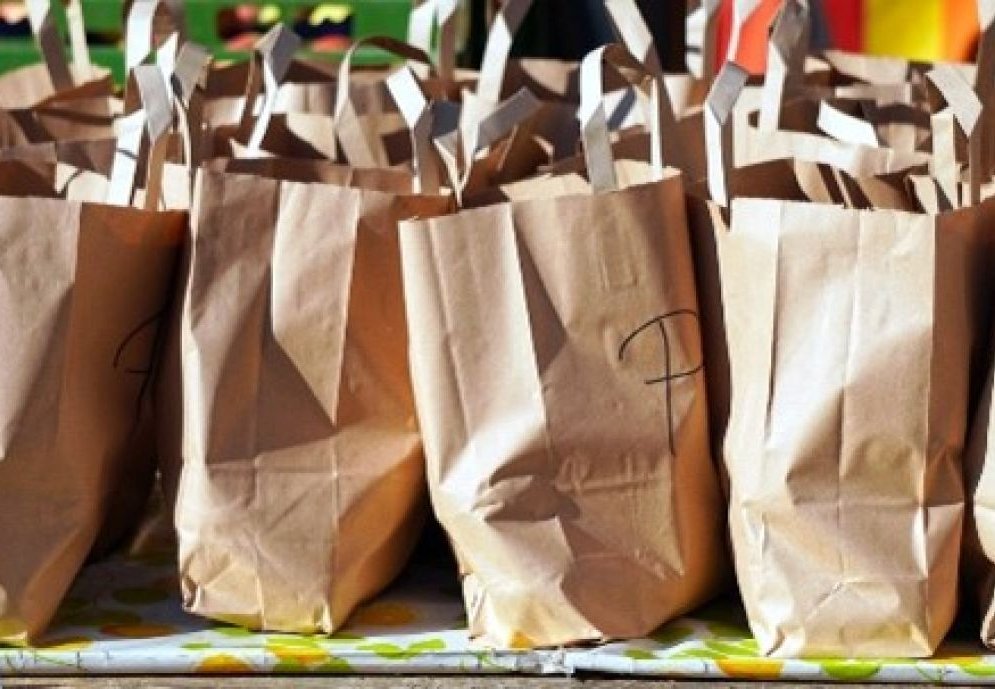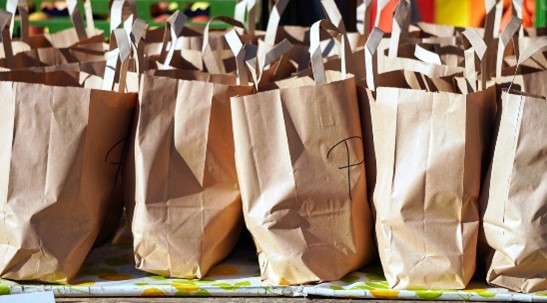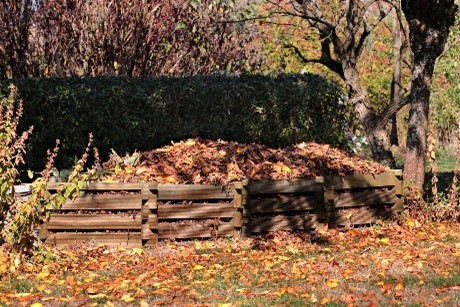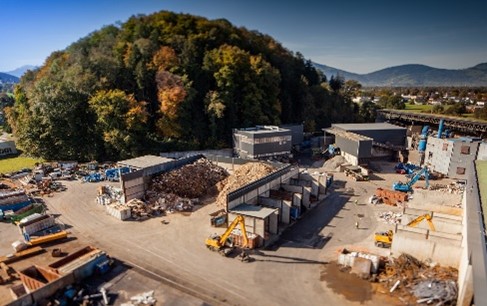

Reducing our footprint: A journey into zero waste living
Намаляване на пластмасовите отпадъци
Learning about zero-waste, identifying where waste comes from and developing plans to reduce it at home and at school.
Резултати от обучението
A collage of images showing various aspects of zero waste living, such as reusable bags, compost bins, recycling stations, and people using refillable water bottles.



By the end of this lesson, students will be able to:
- Understand the concept of zero waste and its importance.
- Identify common sources of waste in their daily lives.
- Learn practical strategies for reducing waste at home and school.
- Develop a personal action plan for implementing zero waste practices.
Необходимо време
90 minutes (can be divided into two 45-minute sessions)
Инструменти или оборудване
- Whiteboard/flipchart
- Markers/pens
- Projector and screen (optional)
- Handouts with information about zero waste principles (printed on recycled paper)
- Reusable containers, cloth bags, and other examples of zero waste items
- Recycling bins, compost bin (if available)
- Worksheet for creating a personal action plan
Описание на дейностите
Introduction (10 minutes):
- Begin by asking students what they know about waste and why it is important to reduce it.
- Introduce the concept of zero waste and explain its significance in preserving our environment.
Interactive discussion (15 minutes):
- Divide students into small groups and ask them to brainstorm common sources of waste in their daily lives (e.g., plastic packaging, food scraps, paper).
- Each group shares their findings with the class. Write down key points on the whiteboard.
Presentation (20 minutes):
- Present the five R's of zero waste: Refuse, Reduce, Reuse, Recycle, and Rot (compost).
- Provide real-life examples and case studies of individuals and communities that have successfully implemented zero waste practices.
Hands-on activity (25 minutes):
- Show students various reusable items like cloth bags, metal straws, and glass containers. Discuss how these can replace single-use plastics.
- Demonstrate how to set up a composting system at home. If possible, show an actual compost bin.
- Have students create a personal action plan worksheet where they identify one area of their life where they can reduce waste and outline steps to achieve it.
Reflection and wrap-up (20 minutes):
- Ask students to share their personal action plans and discuss any challenges they foresee.
- Summarise the main points of the lesson and emphasise the collective impact of individual actions.
- Encourage students to continue practicing zero waste habits and consider joining local environmental clubs or initiatives.
Съвети как да приложите темата в училищната програма
- Integrate across subjects: Incorporate zero waste concepts into science classes (ecology), social studies (environmental policies), and even maths (calculating waste reduction percentages).
- Guest speakers: Invite local environmentalists or community members who practice zero waste living to share their experiences.
- School-wide initiatives: Implement school-wide programs like recycling drives, composting systems, and reusable lunchware options.
- Project-based learning: Assign projects where students research and present innovative solutions to waste management problems.
- Field trips: Organise visits to recycling centers, organic farms, or sustainable businesses to provide hands-on learning experiences.
- Community involvement: Encourage students to participate in local clean-up events or volunteer at organisations focused on environmental conservation.
By integrating zero waste education into the school curriculum, we can empower students to become responsible stewards of the environment and inspire positive change within their communities.
